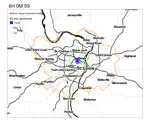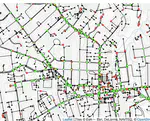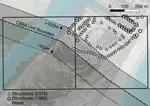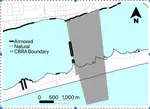Biography
I work at the intersection of urbanization patterns, local energy policy and equity. In my research, I seek to understand the motivations, intentions and plans of multiple actors endowed with limited capabilities, imperfect foresight and distributed authority, in urban settings. Lately, I have been studying these issues in the context of local energy planning. I routinely use high cadence, large geospatial and temporal datasets and novel quantitative methods in my research. I am also a planning theorist, specialising in organisational decision-making, institutional restructuring and the role of plans. In addition to my faculty appointments in the City & Regional Planning and the Environment, Ecology & Energy program at the University of North Carolina at Chapel Hill, I direct the the Center for Urban and Regional Studies. I am also a faculty fellow at the Insitute for the Enviroment.
- Energy
- Plans
- Networks
- Urban Morphology
- Institutional Analysis
-
PhD in Regional Planning, 2008
University of Illinois at Urbana Champaign
-
MS in Applied Mathematics, 2007
University of Illinois at Urbana Champaign
-
Master of Urban Planning, 2004
University of Illinois at Urbana Champaign
-
B.Arch (Hons.), 2001
Indian Institute of Technology at Kharagpur
Recent Posts
Recent & Upcoming Talks
Featured Publications
Recent Publications
Teaching
Full courses
I typically teach the following courses. Sample syllabus and schedules are linked. Please check the course schedules for term and registration information.
- PLAN 057(H): What is a Good City (FYS)
- PLAN/ENEC 547: Energy, Transporation & Land Use
- PLAN 704: Theory of Planning I
- PLAN 805: Theory of Planning II
- PLAN 672: Urban Data Analytics in R
- PLAN 673: The Ethics and Politics of New Urban Analytics
Short courses
From time to time, I offer short courses with differing durations. Stay tuned for updates.
Contact
- nkaza@unc.edu
- +1 919 408 7469 (infrequently monitored)
- 315 New East, Chapel Hill, NC 27599
- Book an appointment
- DM Me
- Zoom













